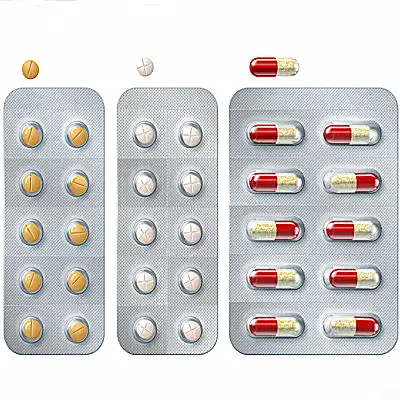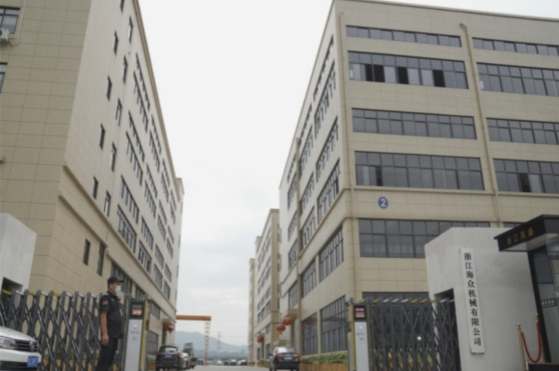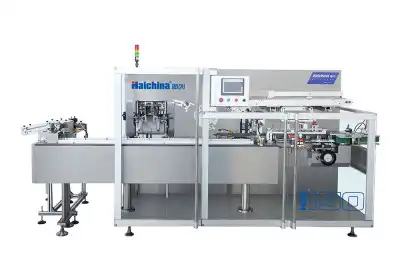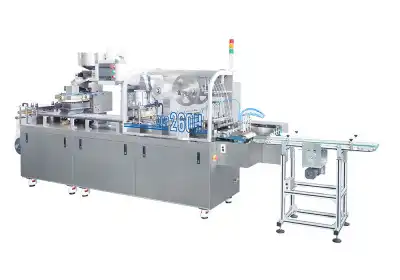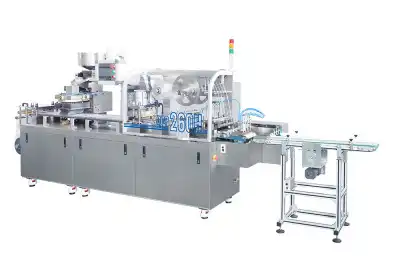Essential Components of a High-Quality Blister Packaging System
Feeding and Transfer Mechanisms
The heart of any efficient tablet blister machine lies in its feeding and transfer mechanisms, which are essential for maintaining high-speed production without sacrificing accuracy. A high-quality blister packaging machine system ensures a steady, uninterrupted tablet flow, minimizing the risk of jamming or misfeeds. Advanced technologies such as vibration-based feeders, drum feeders, or brush boxes allow for the gentle handling of tablets, regardless of shape or size. The transfer system, often employing vacuum arms or mechanical grippers, must place each tablet precisely into its corresponding blister cavity with minimal deviation.
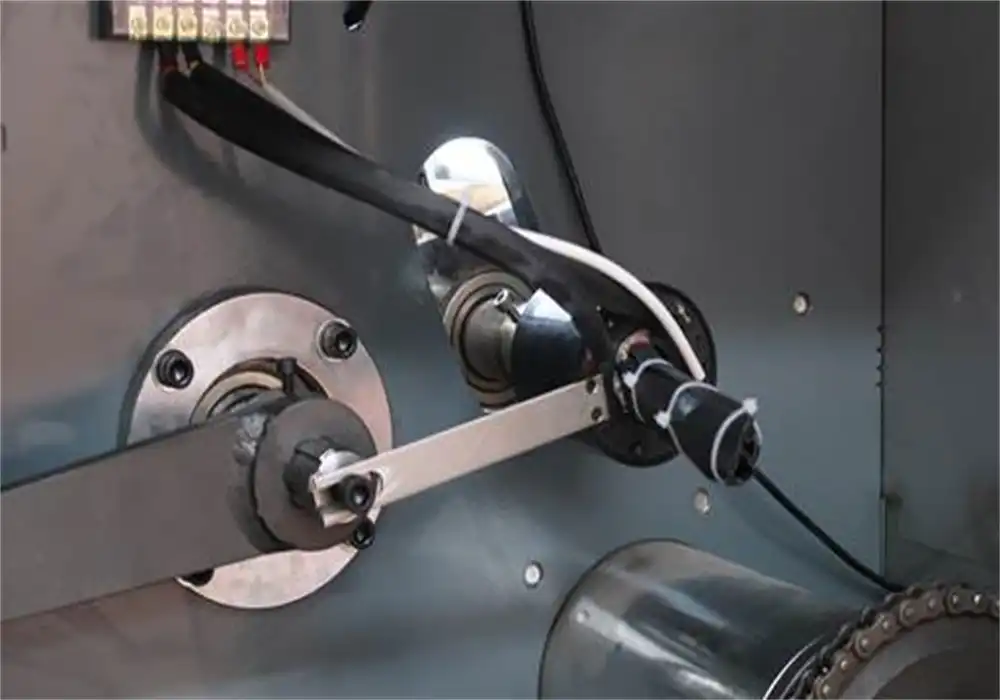
Forming Station
The forming station is where the actual blister cavities are created, playing a crucial role in packaging precision and consistency. In high-quality blister packaging machines, thermoforming is used to heat a plastic film - usually PVC or PET - to the ideal temperature before shaping it into cavities using air pressure or mechanical force. This ensures that the blisters are uniform and free of defects. Modern blister packaging systems feature modular forming stations that allow for rapid tooling changes, enabling manufacturers to switch between packaging formats quickly with minimal production downtime.
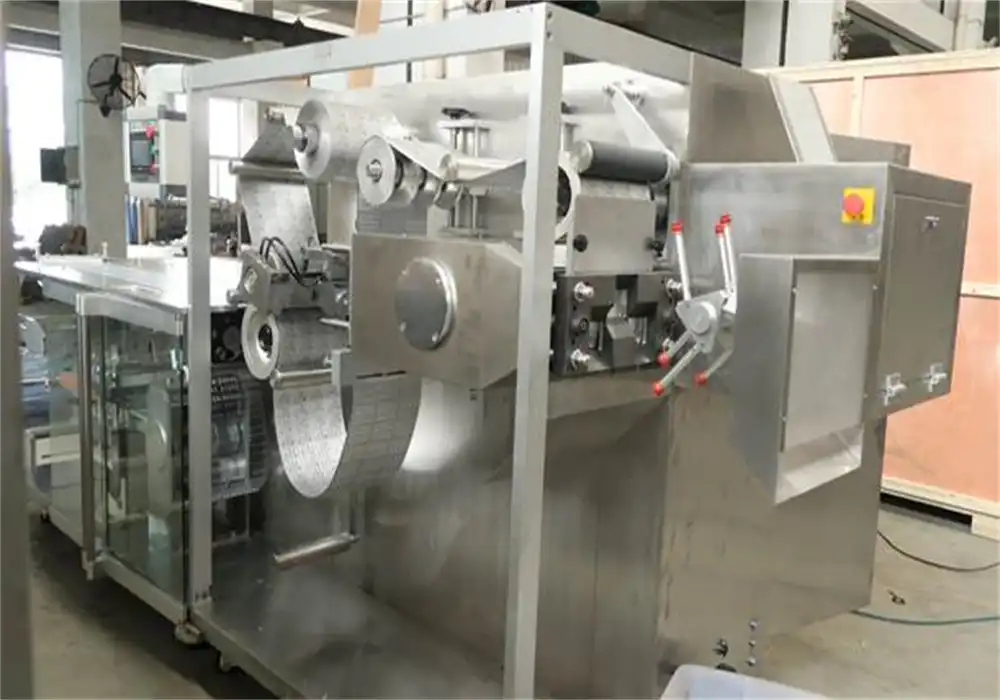
Sealing Unit
A critical component of any blister packaging machine is the sealing unit, responsible for bonding the formed plastic blisters to the lidding material, typically aluminum foil. This unit must apply consistent heat and pressure to ensure an airtight, tamper-evident seal that protects the product from moisture, oxygen, and contamination. Advanced systems offer precise temperature and pressure controls, safeguarding heat-sensitive pharmaceuticals during the sealing process. Some machines also integrate advanced sealing technologies such as ultrasonic or induction sealing to improve package integrity and extend product shelf life.

Technological Advancements in Modern Blister Packaging Equipment
Automation and Integration
Modern tablet blister machines have embraced automation, significantly reducing the need for manual intervention across the entire packaging line. These blister packaging machines are equipped with advanced features such as in-line printing systems for batch coding, vision inspection units for defect detection, and robotic arms for precise material handling. Seamless integration with ERP and MES systems allows for real-time data exchange, enabling manufacturers to track productivity, manage inventory, and ensure compliance. This high level of automation enhances efficiency, minimizes errors, and improves traceability from start to finish.
Flexible and Quick-Change Design
Today’s blister packaging equipment is engineered for flexibility, catering to operations that demand rapid adaptation. Tool-less changeover systems allow operators to shift between different blister sizes or product types in just minutes, without requiring specialized tools or lengthy reconfiguration. This is especially advantageous for manufacturers handling diverse product portfolios or frequent batch changes. Some systems feature modular components that support future expansion or process upgrades. Quick-change designs help reduce setup time, increase uptime, and enhance overall production agility and responsiveness in dynamic manufacturing environments.
Enhanced Control Systems
Advanced blister packaging machines are equipped with next-generation control systems that prioritize precision and ease of use. Touchscreen HMIs offer intuitive navigation, allowing operators to access real-time performance metrics, alarm histories, and troubleshooting tips. These systems can store multiple product configurations or "recipes," ensuring consistency and reducing setup errors between batches. Predictive maintenance features alert technicians before issues arise, minimizing unexpected downtime. Additionally, some control systems support remote access, enabling operators or service teams to monitor and adjust parameters from virtually anywhere, further improving operational oversight and efficiency.
Ensuring Quality and Compliance in Blister Packaging Operations
In-line Inspection and Quality Control
Quality assurance is paramount in pharmaceutical packaging. Leading blister packaging machines incorporate advanced inspection systems to ensure product integrity and package quality. These may include vision systems that check for proper tablet placement, missing tablets, or defects in the blister cavities. Some machines use X-ray or infrared technology to detect foreign particles or verify tablet composition. In-line weight checking ensures consistent product quantity, while seal integrity tests confirm package hermeticity.
Regulatory Compliance and Documentation
To meet stringent regulatory requirements, top-tier blister packaging machines are designed with compliance in mind. They adhere to cGMP guidelines and often come with validation packages to facilitate regulatory approval processes. Advanced systems provide comprehensive data logging and reporting capabilities, essential for maintaining audit trails and demonstrating compliance. Some machines offer electronic batch records, simplifying documentation and reducing the risk of human error in record-keeping.
Environmental Considerations and Sustainability
As sustainability becomes increasingly important in the pharmaceutical industry, leading tablet blister machines are designed with environmental considerations in mind. This includes energy-efficient components, such as servo motors and regenerative braking systems, which reduce power consumption. Some machines are compatible with eco-friendly blister materials, including recyclable or biodegradable options. Advanced waste reduction features, such as scrap reclaim systems for thermoforming materials, help minimize environmental impact and improve cost-efficiency.
Conclusion
A good tablet blister machine is a harmonious blend of precision engineering, advanced technology, and user-centric design. It should offer high productivity without compromising on quality or compliance. The ideal blister packaging machine adapts to changing production needs, integrates seamlessly with existing systems, and provides robust quality control measures. By combining efficient mechanics with smart automation and stringent quality assurance, modern blister packaging equipment not only meets current industry demands but also paves the way for future innovations in pharmaceutical packaging.
Contact Us
Ready to upgrade your packaging line with a state-of-the-art tablet blister machine? Contact Zhejiang Haizhong Machinery Co.,Ltd. at [email protected] to explore our range of cutting-edge blister packaging solutions tailored to your specific needs.
